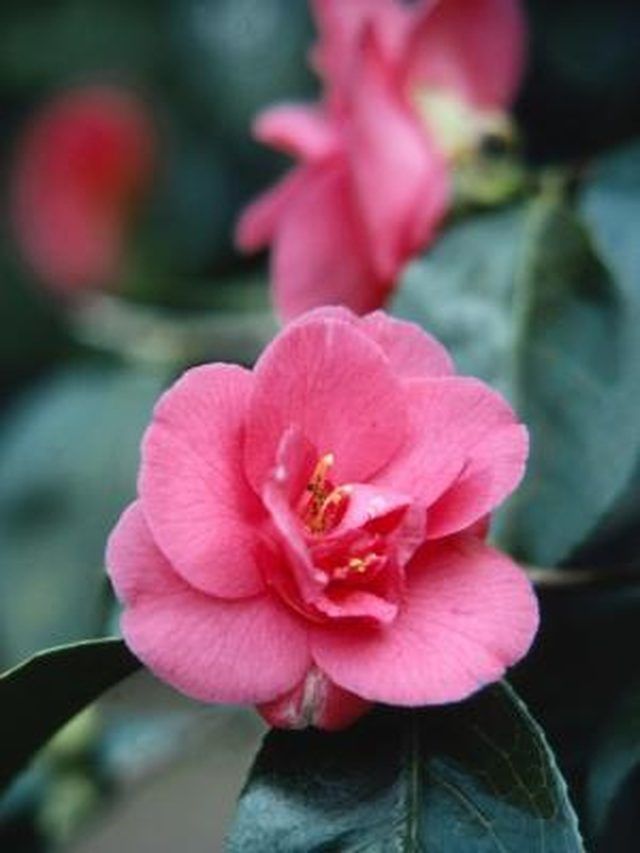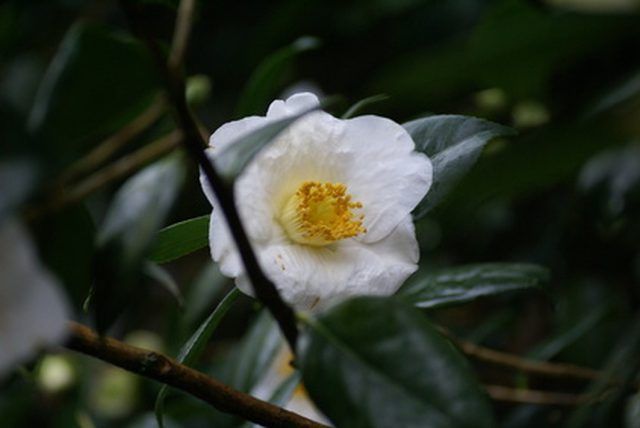Bulbs
Flower Basics
Flower Beds & Specialty Gardens
Flower Garden
Garden Furniture
Garden Gnomes
Garden Seeds
Garden Sheds
Garden Statues
Garden Tools & Supplies
Gardening Basics
Green & Organic
Groundcovers & Vines
Growing Annuals
Growing Basil
Growing Beans
Growing Berries
Growing Blueberries
Growing Cactus
Growing Corn
Growing Cotton
Growing Edibles
Growing Flowers
Growing Garlic
Growing Grapes
Growing Grass
Growing Herbs
Growing Jasmine
Growing Mint
Growing Mushrooms
Orchids
Growing Peanuts
Growing Perennials
Growing Plants
Growing Rosemary
Growing Roses
Growing Strawberries
Growing Sunflowers
Growing Thyme
Growing Tomatoes
Growing Tulips
Growing Vegetables
Herb Basics
Herb Garden
Indoor Growing
Landscaping Basics
Landscaping Patios
Landscaping Plants
Landscaping Shrubs
Landscaping Trees
Landscaping Walks & Pathways
Lawn Basics
Lawn Maintenance
Lawn Mowers
Lawn Ornaments
Lawn Planting
Lawn Tools
Outdoor Growing
Overall Landscape Planning
Pests, Weeds & Problems
Plant Basics
Rock Garden
Rose Garden
Shrubs
Soil
Specialty Gardens
Trees
Vegetable Garden
Yard Maintenance
Interesting Facts About the Camellia, the State Flower of Alabama
Interesting Facts About the Camellia, the State Flower of Alabama. In 1959, Alabama adopted the camellia as the state flower. Women living in Butler County spearheaded replacement of the goldenrod flower with the prized camellia, believing the goldenrod to be nothing more than a lowly wildflower unworthy of representing the state. A non-native...

In 1959, Alabama adopted the camellia as the state flower. Women living in Butler County spearheaded replacement of the goldenrod flower with the prized camellia, believing the goldenrod to be nothing more than a lowly wildflower unworthy of representing the state. A non-native state symbol of Alabama, the camellia flower (Camellia japonica) is indigenous to China.
Connotations
Blooming in white and vivid shades of red, pink, orange, yellow and lavender, camellias symbolize the various stages of love. Centuries ago, Koreans displayed camellias at weddings, signifying longevity and faithfulness. The name "camellia" honors Jesuit missionary and botanist Josef George Kamel, who journeyed throughout Asia in the 17th century and documented the medicinal properties of plants.
Growth Habit
Resembling a rose, the camellia flower bursts open, revealing a yellow center and round, overlapping petals. Growing to about 5 inches wide, camellia flowers brighten landscapes across the southeastern United States but belie their beauty by emitting no fragrance. Camellia plants can reach a height of 15 feet and a breadth of about 10 feet, preferring partial shade and acidic, well-drained soil.

Pests and Diseases
Aphids, spider mites, scale insects and weevils can inflict damage to camellias. Fungal diseases such as canker, root rot, gall and leaf spots may harm the plant, and the fungus known as camellia petal blight destroys the blossoms. Removing dead flowers and leaves alleviates the spread of diseases.